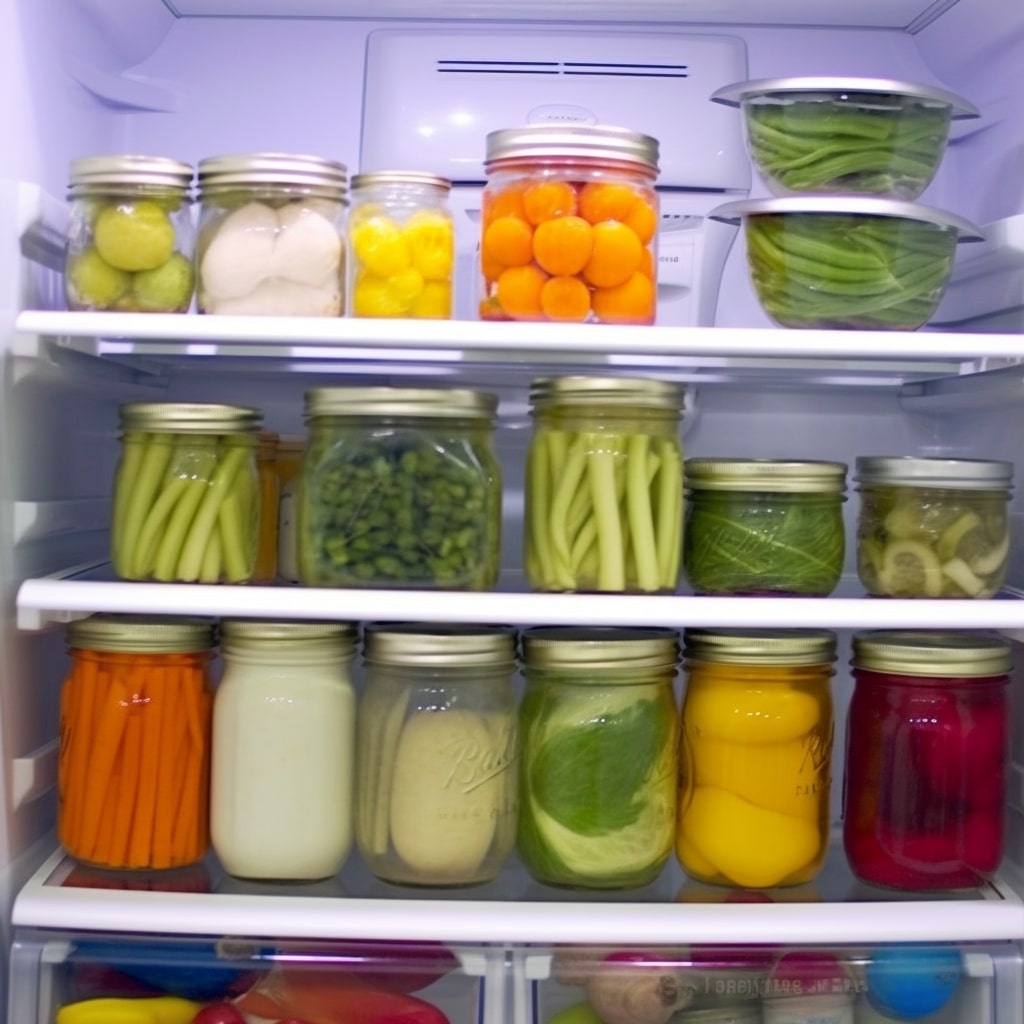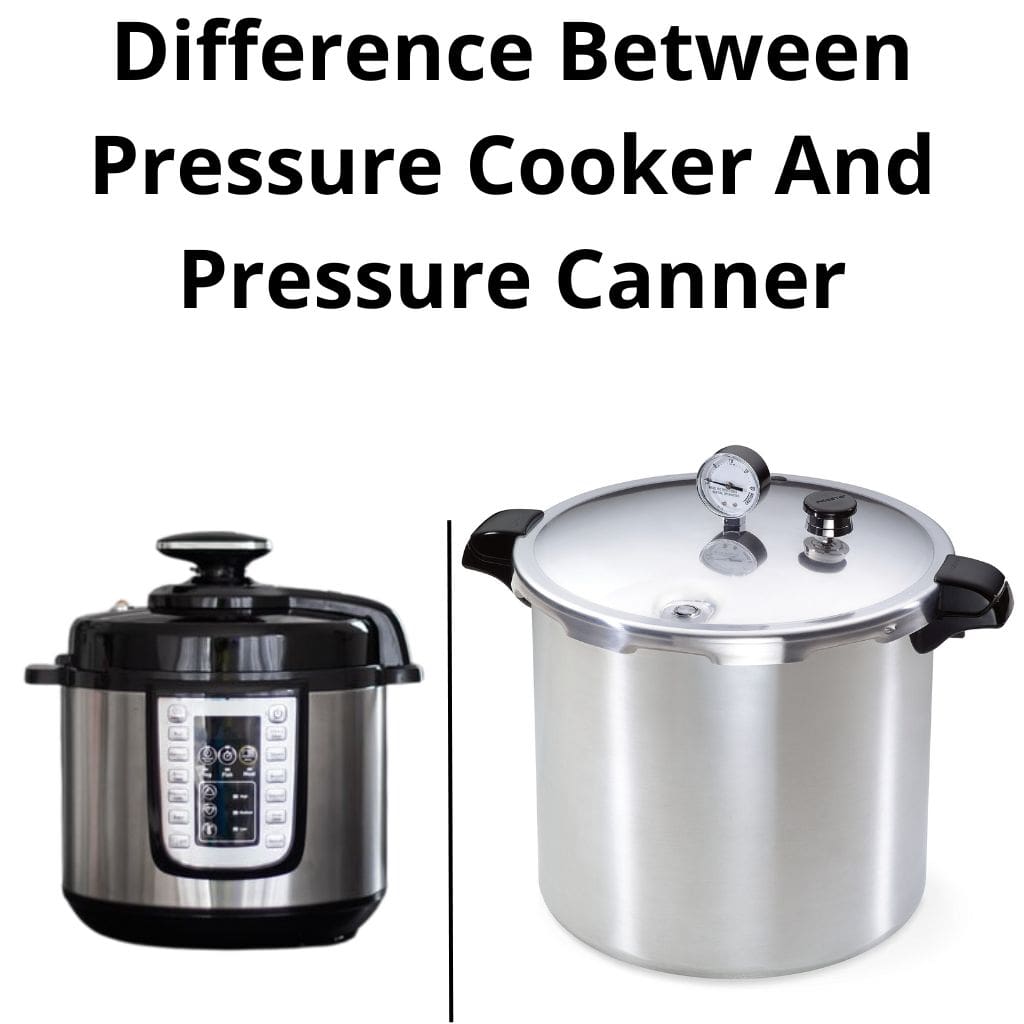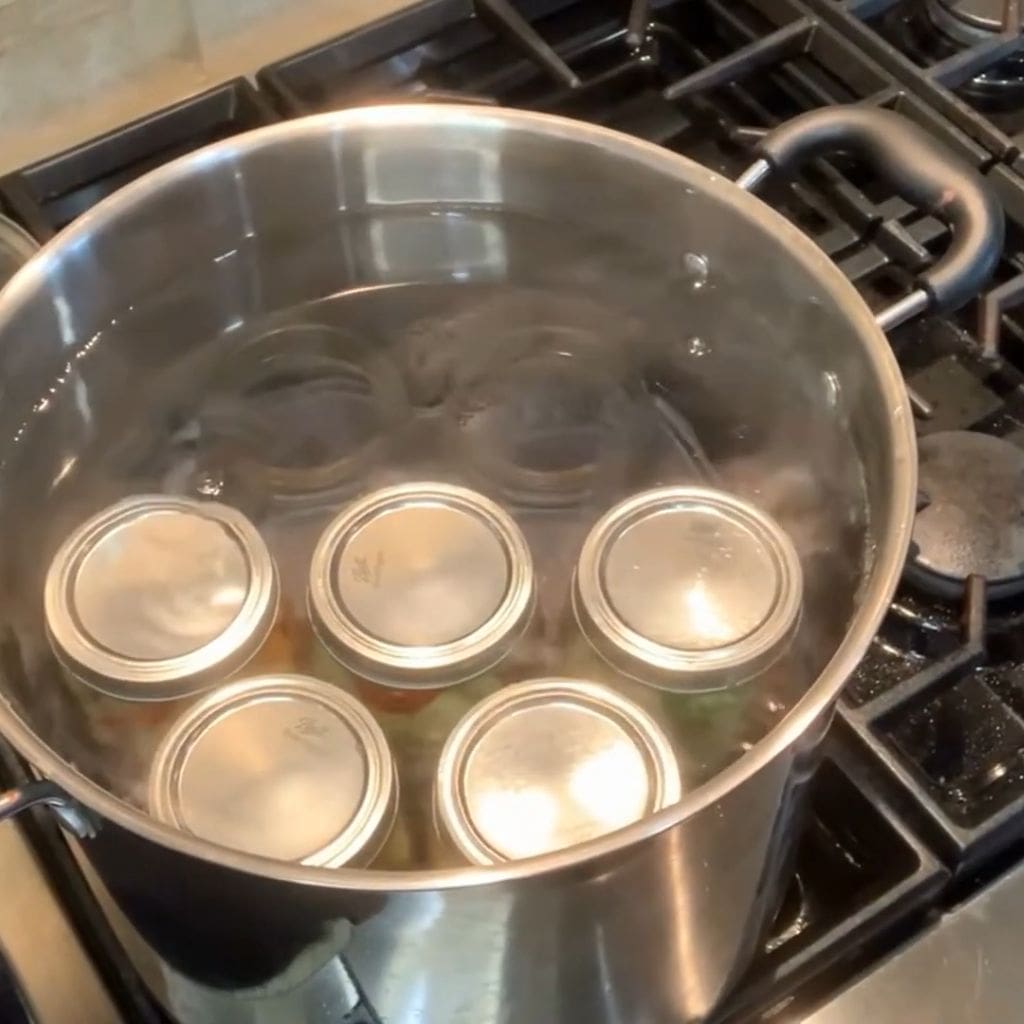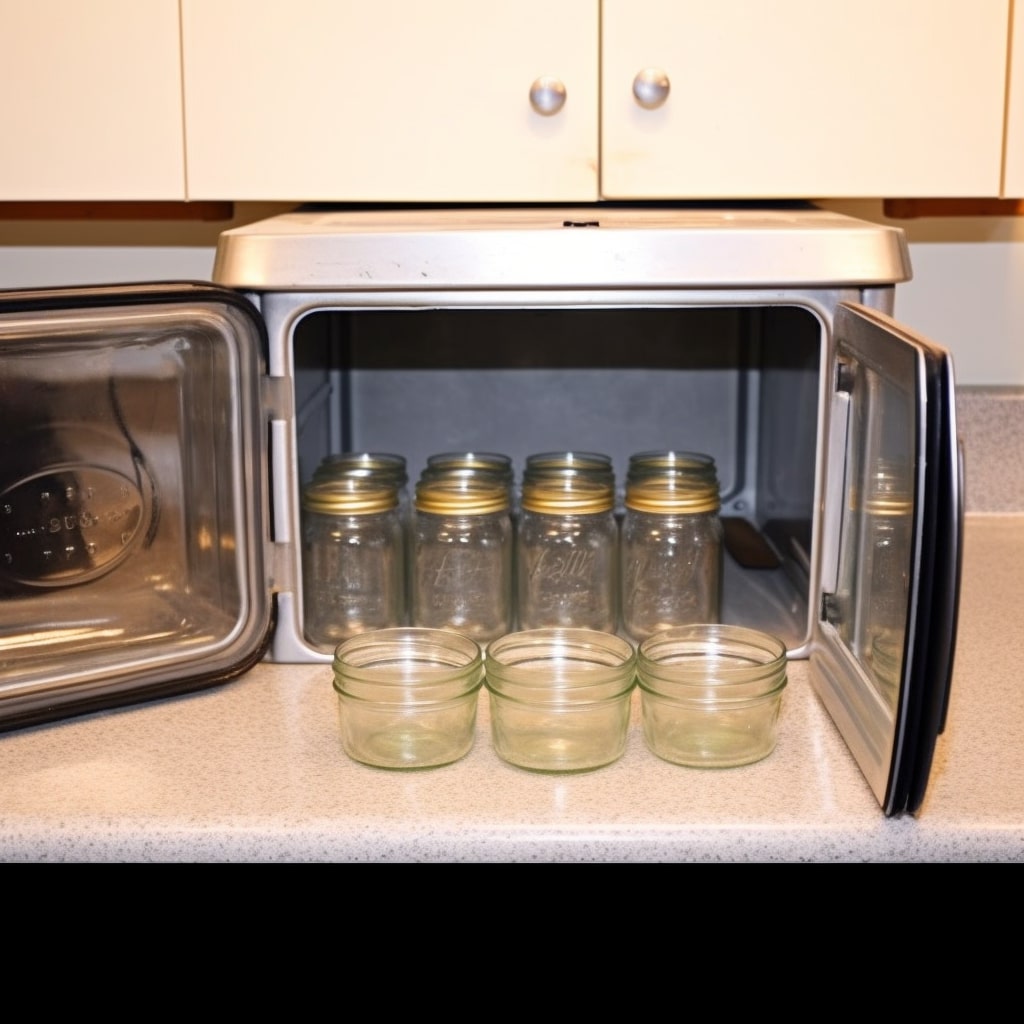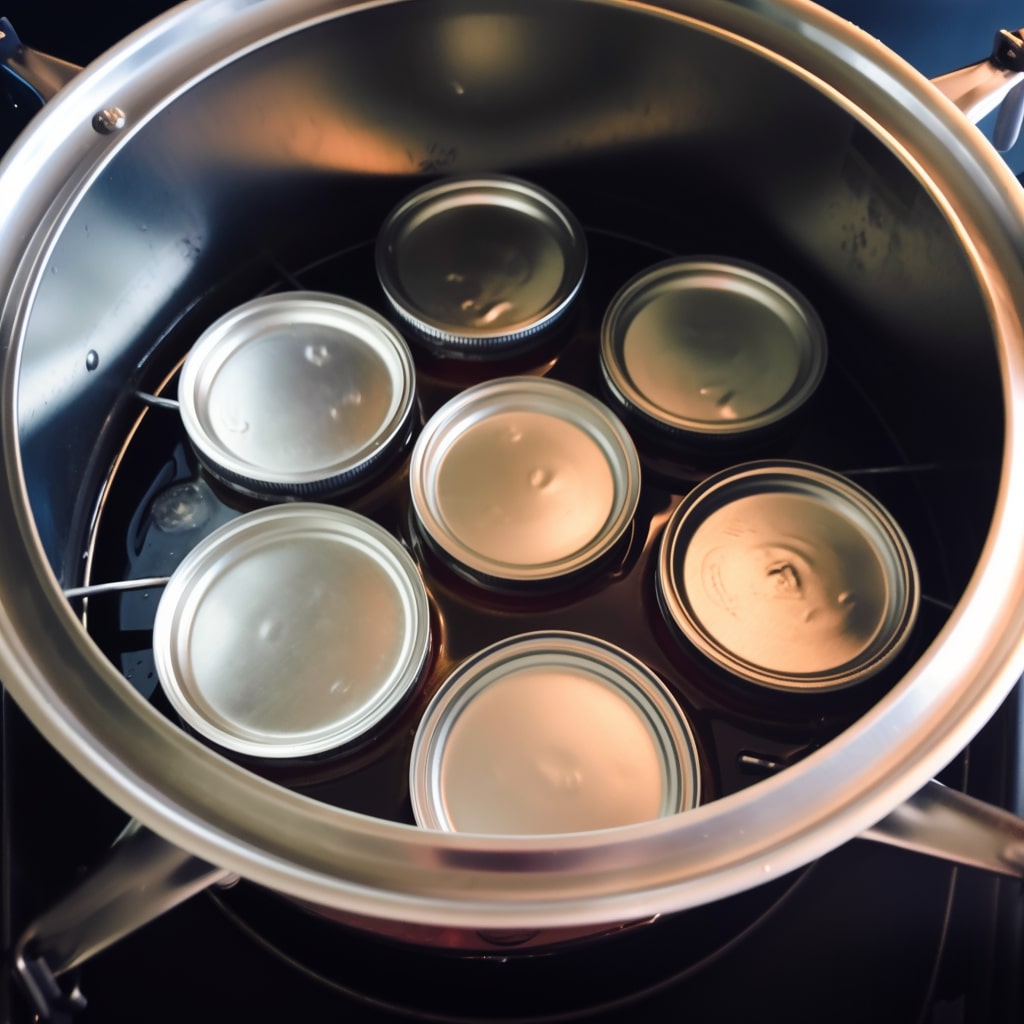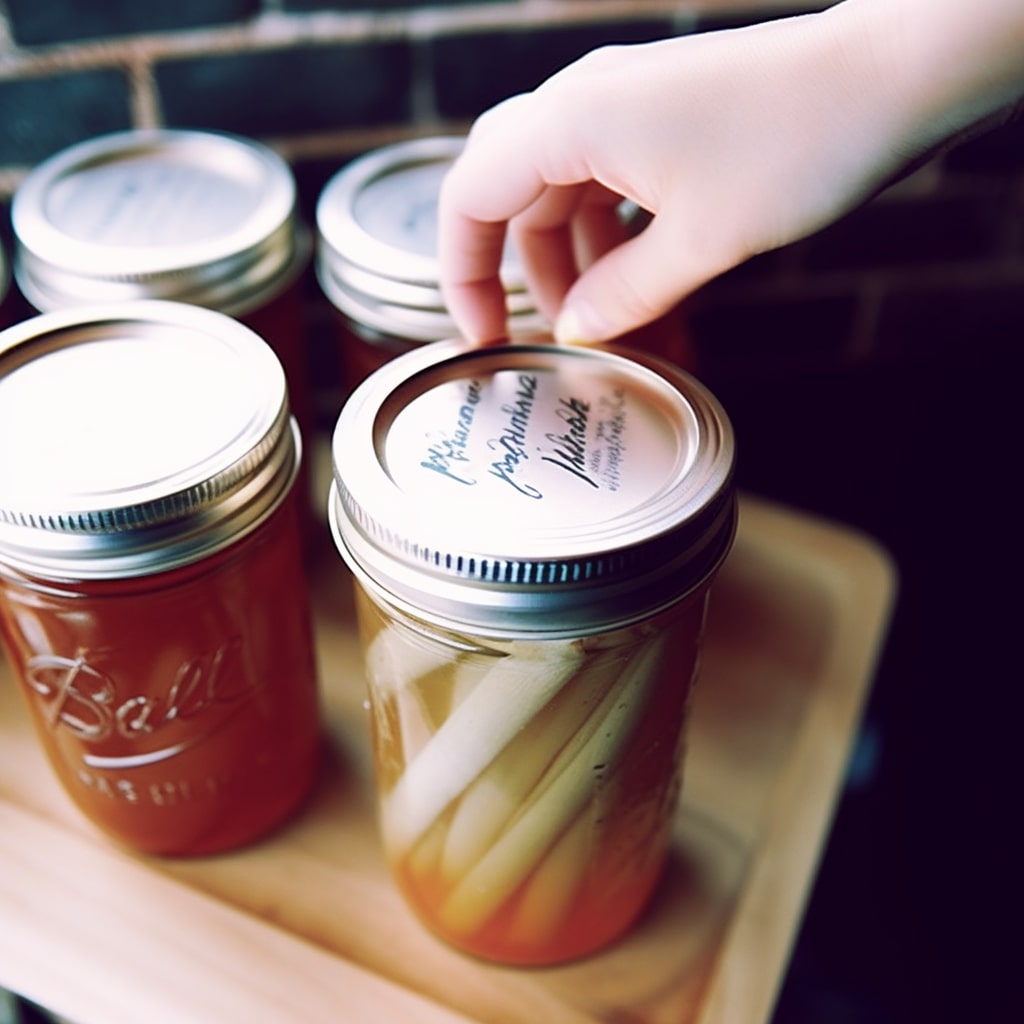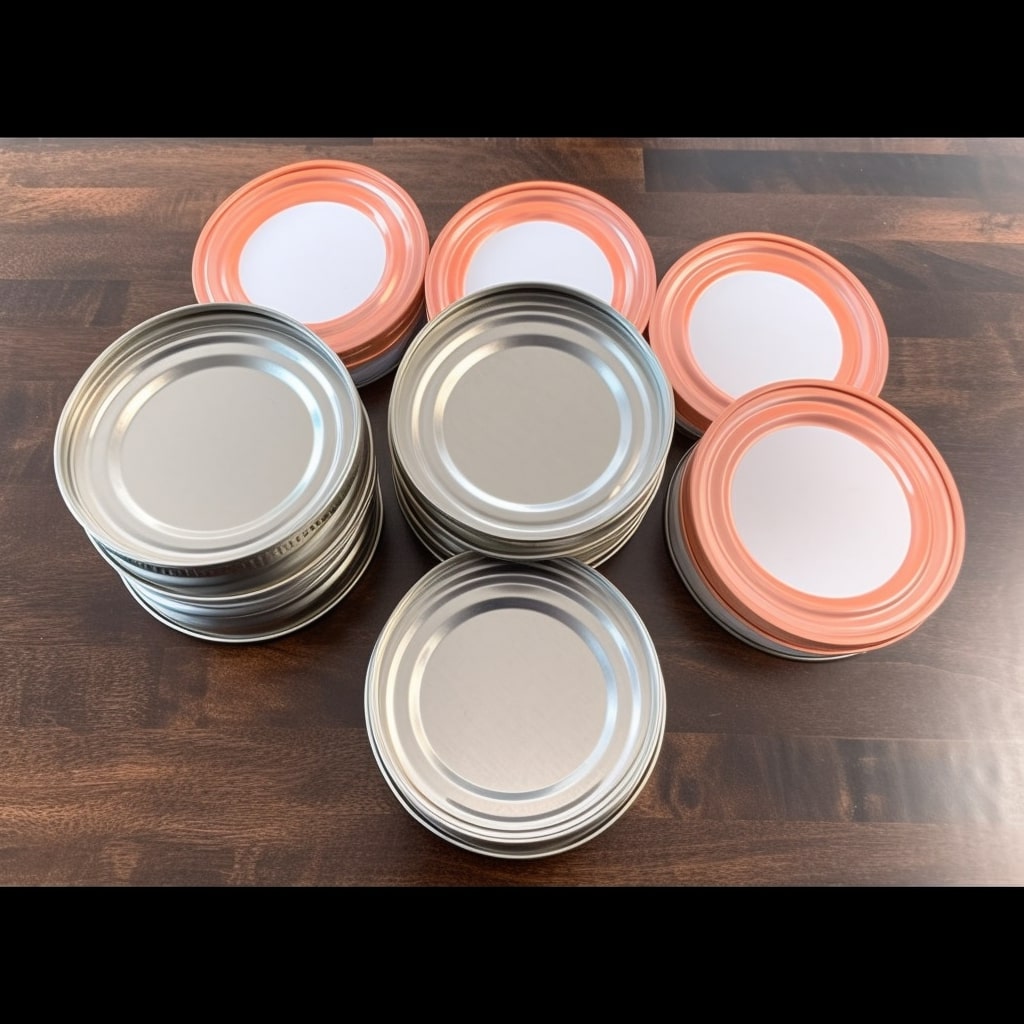We may continue to enjoy the freshness of fruits, vegetables, and a variety of other items long after their harvest thanks to the popular and reliable food preservation technique known as freezing. In addition to preserving the nutrients and aromas of the fruit, freezing also increases its shelf life, making it a practical choice for anyone trying to limit food waste or stock up on seasonal favorites.
In this post, we’ll examine the fundamental freezing food preservation technique for preserving fruits, vegetables, and other things while giving you helpful hints and pointers so you may effectively freeze and eat your favorite foods all year long.
How freezing preservation keeps food safe
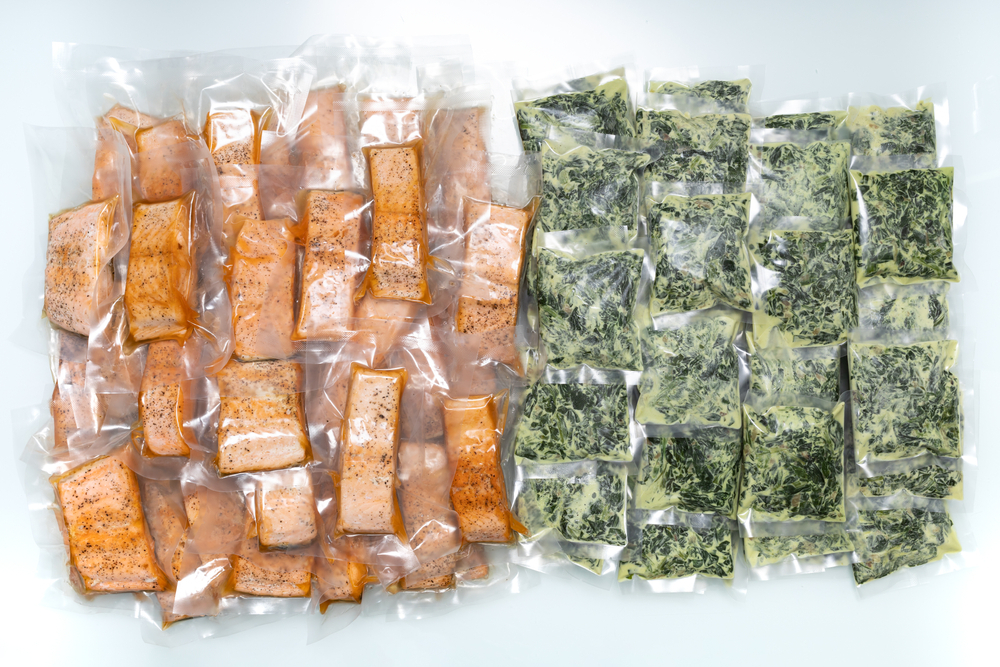
Food may be preserved easily and conveniently by freezing, which helps to keep the food’s quality and safety. Food is subjected to low temperatures when it is frozen, usually around 0 degrees Fahrenheit (-18 degrees Celsius), which has a number of implications on food preservation.
In the first place, freezing stops the development of germs that lead to food degradation. By creating an inhospitable habitat for microorganisms like bacteria, yeast, and mold, the chilly temperatures stop them from growing and ruining the food.
Second, freezing reduces the rate at which food enzymes work. Enzymes encourage chemical processes that might cause deterioration, including fruit ripening or the breakdown of lipids. Freezing aids in preserving the food’s texture, taste, and nutritional content by lowering enzyme activity.
Furthermore, freezing reduces chemical interactions that may impact food quality. Fats can get rancid due to oxidation, a typical chemical process. The danger of oxidation is reduced and the flavour and integrity of the food are maintained by properly packing and sealing frozen meals to prevent excessive air exposure.
To ensure successful freezing and preservation:
- Choose fresh, high-quality food items for freezing to maintain their original quality in order to ensure effective freezing and preservation.
- The food should be adequately sealed to keep out the air. To preserve quality and avoid freezer burn, wrap food in moisture-proof wraps, vacuum-sealed bags, or airtight containers.
- For simple identification and consumption within the advised time limit, label and date the frozen foods.
- To avoid variations that can jeopardize the safety and quality of frozen goods, keep the freezer at a constant temperature.
- Follow the advised storage intervals because freezing won’t make something last forever.
Benefits of freezing food preservation
Freezing food offers several benefits, making it a popular method of food preservation. But, why does freezing food preserve it? Here are some key benefits of freezing food:
Enzymes in vegetables
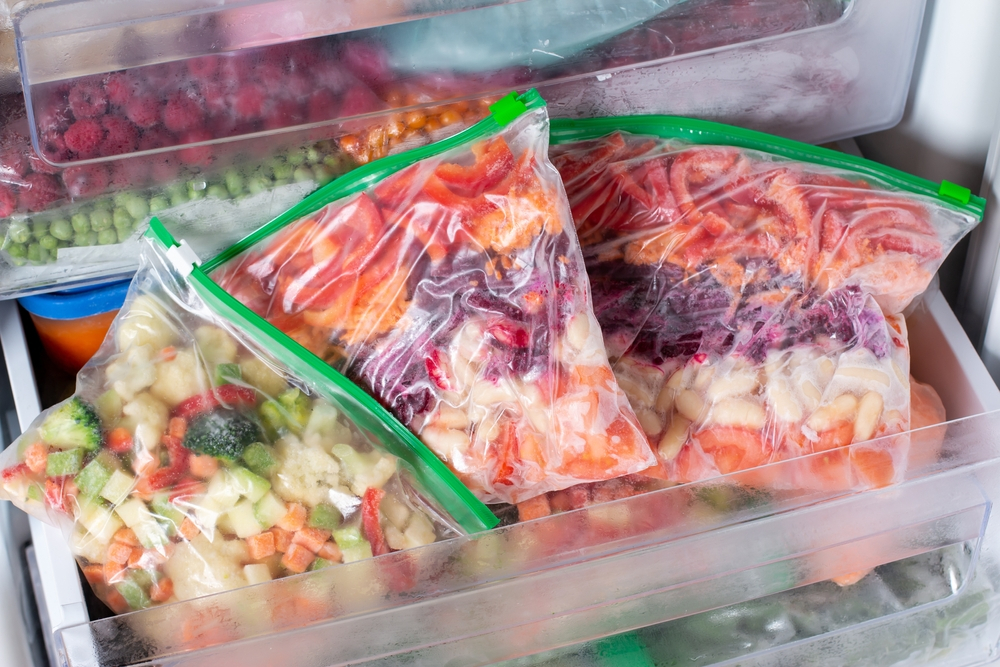
For frozen veggies to be of the highest quality, vegetables must be blanched before freezing. In order to help inactivate the enzymes found in vegetables, blanching entails temporarily submerging the vegetables in boiling water or steam. Even when frozen, these enzymes can still result in unfavorable color, taste, and texture alterations.
Blanching the veggies also aids in removing bacteria from their surface. Blanching veggies for the right amount of time is crucial since under-blanching encourages enzyme activity and is worse than not blanching at all. Over-blanching causes a cooked product to lose flavor, color, and nutrients.
Color changes preventation
In addition to preserving the brilliant color of vegetables, blanching also shields fruit from losing its color. After freezing and thawing, the fruit retains its attractive aspect because it stops the enzyme activity that might result in browning or darkening.
Texture preservation
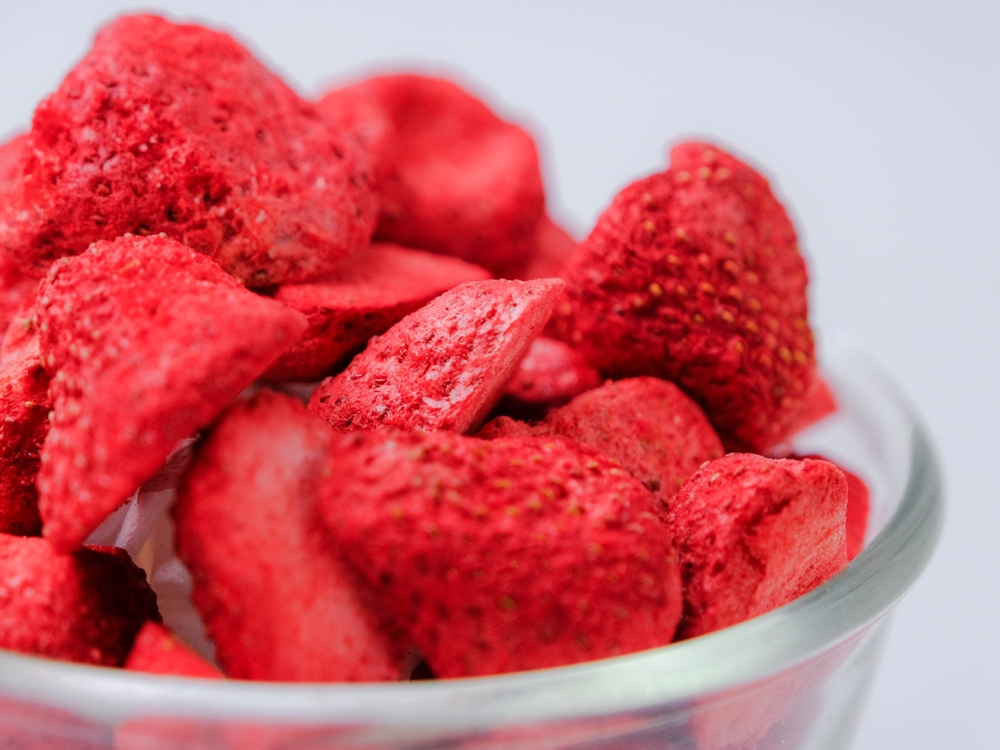
Blanching vegetables results in cellular structural changes that assist preserve their texture while freezing and thawing. Blanching partly cooks the veggies. It makes for a more pleasurable eating experience by assisting in the reduction of the hardness or woody texture that some vegetables may acquire during storage.
Microbial reduction
Blanching also helps to lessen the number of germs, yeast, and molds that are found on the surface of vegetables. By reducing the microbial burden, this process improves the safety of frozen veggies and increases their shelf life.
Extended shelf life
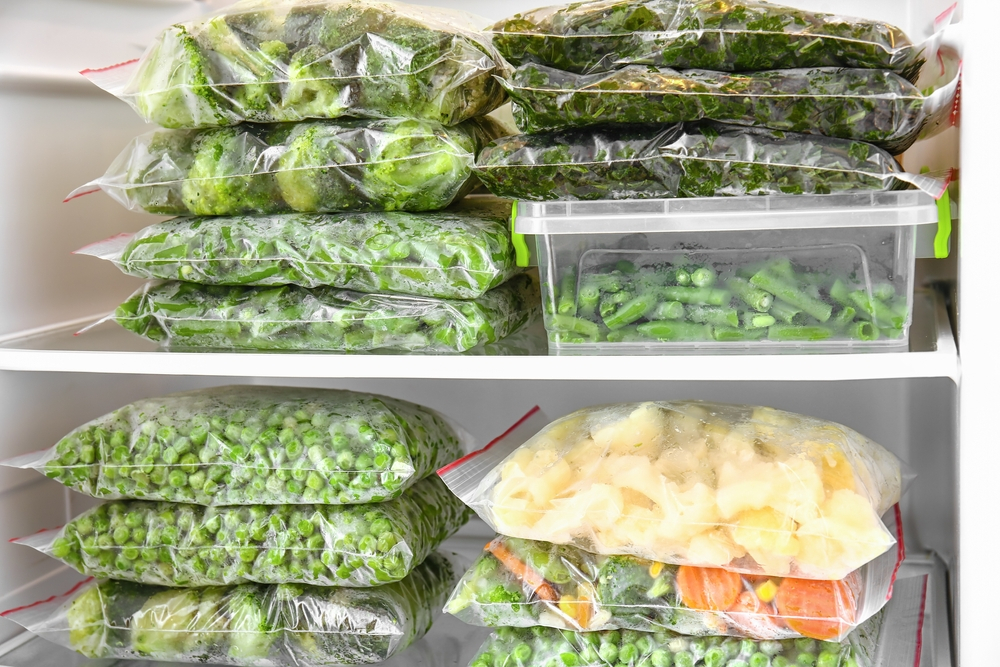
The shelf life of food is greatly extended by freezing because it inhibits the growth of germs that cause deterioration. You can extend the quality and freshness of food by keeping it at freezing temperatures, which will let you use seasonal products all year long and cut down on food waste.
Nutritional preservation
Maintaining food’s nutritional value by freezing. Enzymatic activity and oxidation are slowed down during freezing, which might result in nutritional loss. However, nutrients including minerals, vitamins,… preserved by freezing, guaranteeing that they are still there when the meal is thawed and eaten.
Convenience
Planning and preparing meals is made easier by the availability of frozen food. You may save time and energy by cooking by having a range of supplies and meals ready to go in your freezer. Additionally, batch cooking and portioning are made possible by freezing, which makes it simpler to control serving quantities and lower food waste.
Versatility
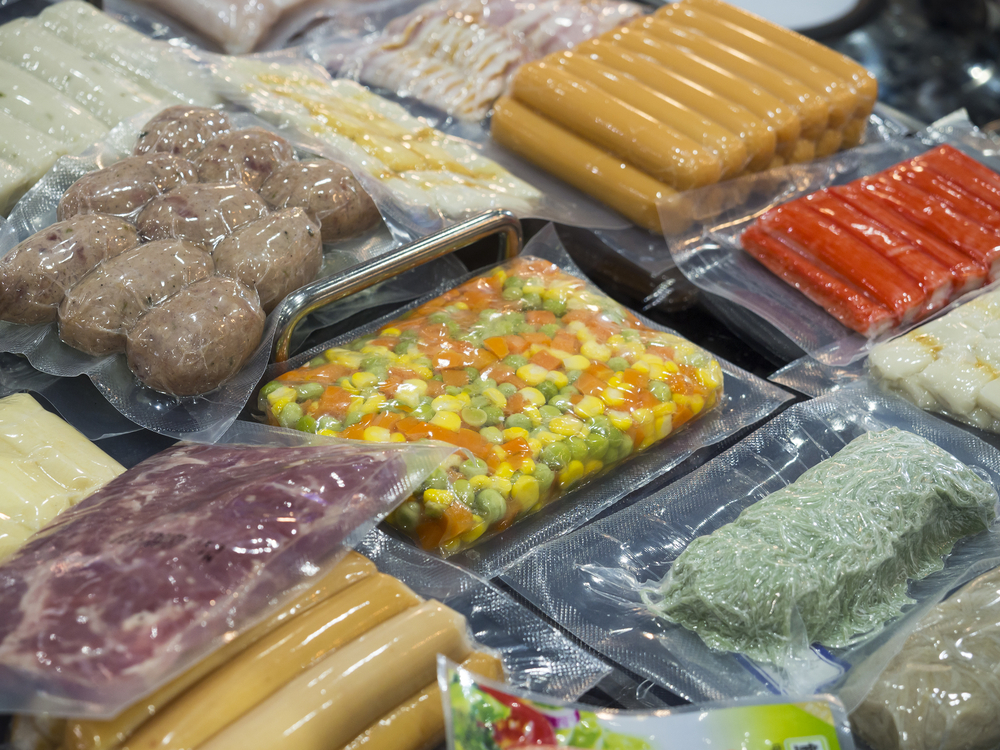
Foods including fruits, vegetables, meats, poultry, fish, dairy items, baked goods, and prepared meals may all be preserved by freezing. Depending on your tastes, dietary requirements, and seasonal availability, you may freeze a variety of food products thanks to this adaptability.
Cost savings
Freezing food can help save money by taking advantage of sales or bulk purchases. By freezing excess produce, meats, or meals, you can avoid spoilage and use them at a later time, reducing food waste and grocery expenses.
Meal planning and organization
Planning and organizing meals is made easier by freezing food. Meals may be prepared in advance, frozen in portion-controlled units, and then quickly accessed when required. This can assist with managing hectic schedules, food preparation, and guaranteeing a constant supply of cooked meals.
Frozen food shelf life
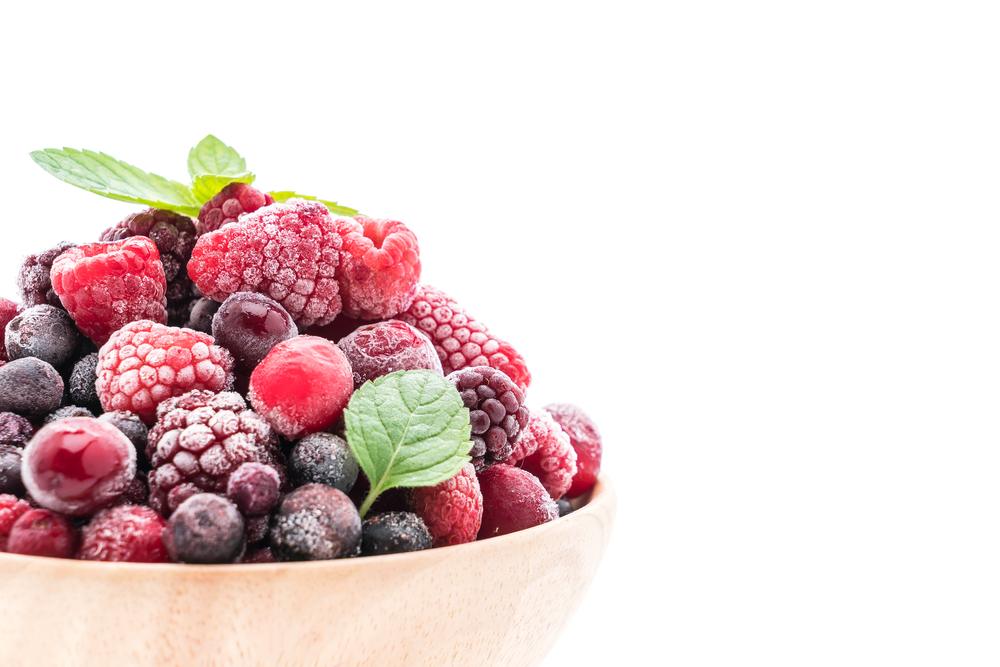
Different meals can be preserved in their quality and freshness by freezing. You may increase the shelf life of your food and ensure that it is always available whenever you need it by properly storing it in the freezer.
It’s crucial to remember that depending on the product type, the storage durations for frozen meals might change. The most precise indicator of the suggested storage period is often found on the product label. Let’s investigate how long certain food categories should be stored:
- Fruit (8–12 months): Frozen fruits may be kept for a long time without suffering a great deal of quality loss. Fruits that are properly stored and frozen can keep between 8 and 12 months, whether they are berries, peaches that have been sliced, or tropical fruits. To preserve the flavor and texture of the fruits, make sure they are cleaned, dried, and sealed in freezer bags or airtight containers. Freezing food preservation can be one of the best way to preserve grapes – type of berries which can easily ripe if not preserving correctly.
- Chicken (6–9 months): Turkey and other poultry may be securely kept in the freezer for 6 to 9 months. To avoid freezer burn, the chicken must be firmly wrapped in freezer-safe packaging. When ready to use it, defrost the poultry in the refrigerator. Always cook the fowl fully before serving.
- Fish (3-6 months): Compared to other foods, fish has a shorter freezer storage life due to its high perishability. Fresh fish may be kept in the freezer for around three to six months. Clean the fish carefully, take off any scales or bones, and wrap it firmly in freezer paper or vacuum-sealed bags before freezing to preserve food’s quality. Before serving, frozen fish has to be cooked correctly and thawed in the refrigerator.
- Meat that has been ground (3–4 months): Meat that has been ground, such as beef, hog, or lamb, can be kept in the freezer for 3–4 months. In order to make it simpler to defrost only the quantity you need, divide the ground beef into smaller chunks before freezing. Use airtight packing or carefully wrap it up in freezer-safe packaging.
Type of freezing in food preservation
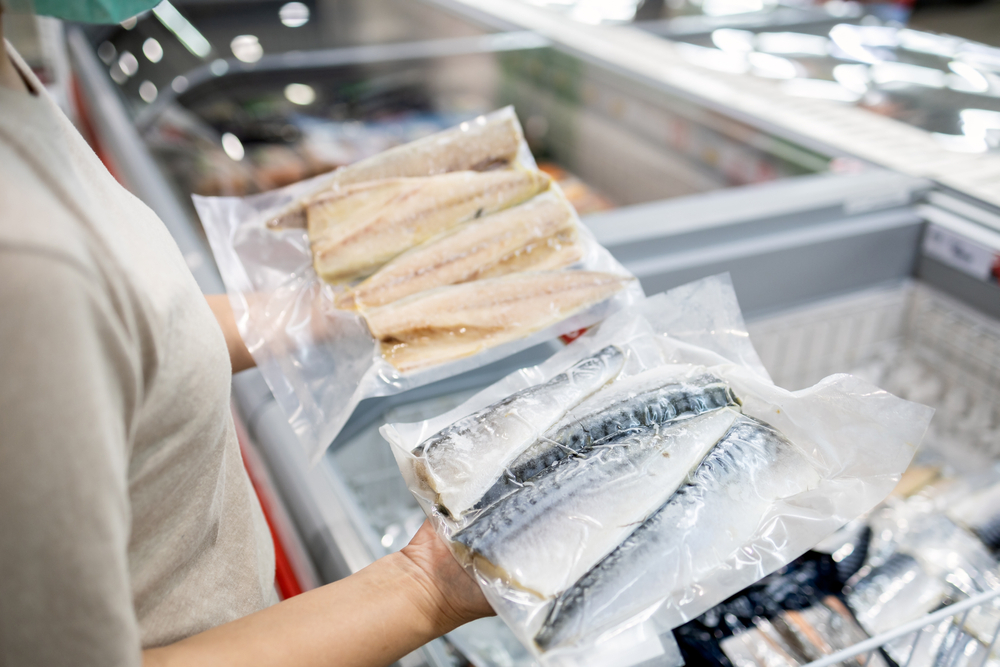
There are several types of freezing canning food preservation. Here are some common ones:
Conventional Freezing
Food preservation techniques like conventional freezing are often utilized in both domestic and commercial settings. It entails putting food in a freezer at -18°C (-0°F) or lower temperatures. The food’s water molecules can progressively crystallize thanks to the gradual freezing process. Most food kinds can be frozen conventionally, which helps to preserve the frozen goods’ quality and texture.
Flash Freezing
Flash freezing is a quick freezing technique that includes quickly freezing food at a very low temperature. This freezing method example is frequently employed in business settings, particularly for producing frozen fruits, vegetables, and seafood.
By reducing the growth of big ice crystals, flash freezing helps to maintain the food’s texture, taste, and nutritional content. The rapid freezing procedure avoids the development of ice crystals, which can harm cells and lower the product’s overall quality.
Individually Quick Freezing (IQF)
A specific technique called individually quick freezing, or IQF, is used to freeze tiny, individual food portions independently. With IQF, each piece of food may freeze separately, as opposed to traditional freezing, which causes food products to freeze collectively.
This method is especially beneficial for delicate foods like berries, tiny shellfish, and sliced veggies. IQF protects the unique integrity of the food and keeps it from clumping together by freezing each piece separately. To preserve the convenience and quality of individual food items, this technique is frequently utilized in the frozen food sector.
Cryogenic Freezing
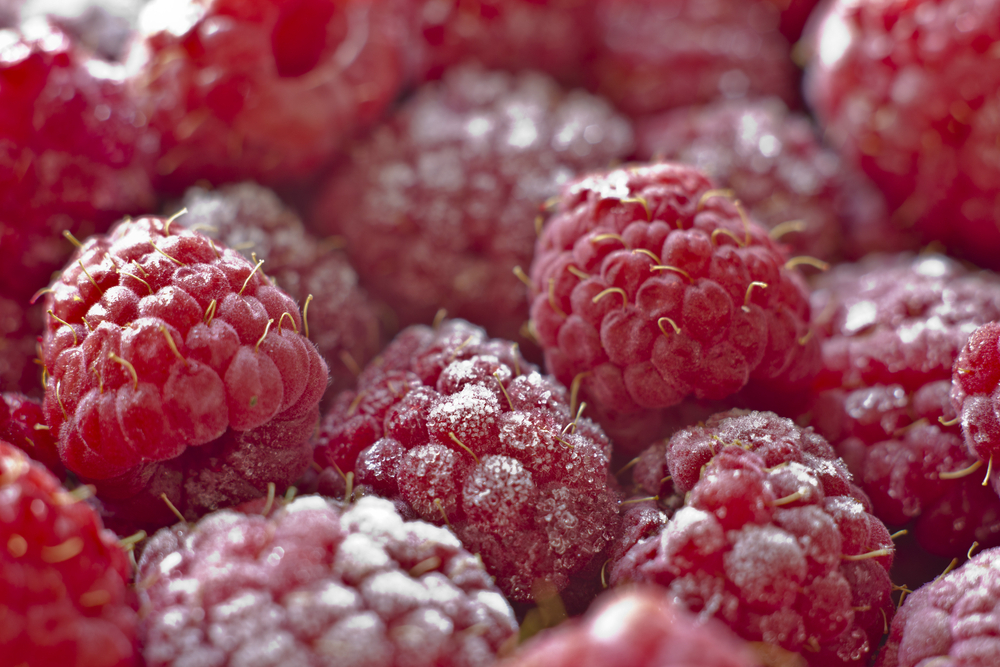
A cutting-edge method of freezing called cryogenic freezing quickly freezes food by employing liquid nitrogen or carbon dioxide at extremely low temperatures. Cryogenic freezing uses extremely low temperatures (-238°F or -150°C) to swiftly freeze food, producing smaller ice crystals while maintaining the meal’s quality and texture. In industrial settings and for specialized applications where quick freezing is essential, this technique is frequently utilized. Food products that are fragile or of high-value benefit most from cryogenic freezing since it reduces cell damage and helps the food keep its original qualities.
Freezing food preservation tips

Here are some freezer tips to help you maximize its efficiency and ensure the best preservation of your frozen foods:
Proper blanching

Properly blanching certain vegetables is a helpful tip for freezing food, especially when it comes to preserving their color, texture, and nutritional value. Blanching involves briefly boiling or steaming vegetables and then rapidly cooling them in ice water.
To properly blanch vegetables for freezing, follow these steps:
- Prepare a pot of boiling water. The water should be deep enough to cover the vegetables completely.
- Wash the vegetables thoroughly and remove any dirt or debris. Trim them to the desired size or shape.
- Once the water reaches the rolling boil, slowly place the vegetables with care into the pot. Blanching small batches at a time is best to ensure even cooking.
- Set a timer based on the vegetable being blanched. Different vegetables have varying blanching times. Generally, most vegetables require blanching for 1-3 minutes.
- While the vegetables are blanching, prepare a large bowl or sink filled with ice water.
- Once the blanching progress is complete, quickly remove the vegetables using a slotted spoon or tongs for safety and transfer them immediately to the ice water bath. This rapid cooling process, known as “shocking,” halts the cooking process and plays a vital role in keep the vegetables’ color and texture.
Package food
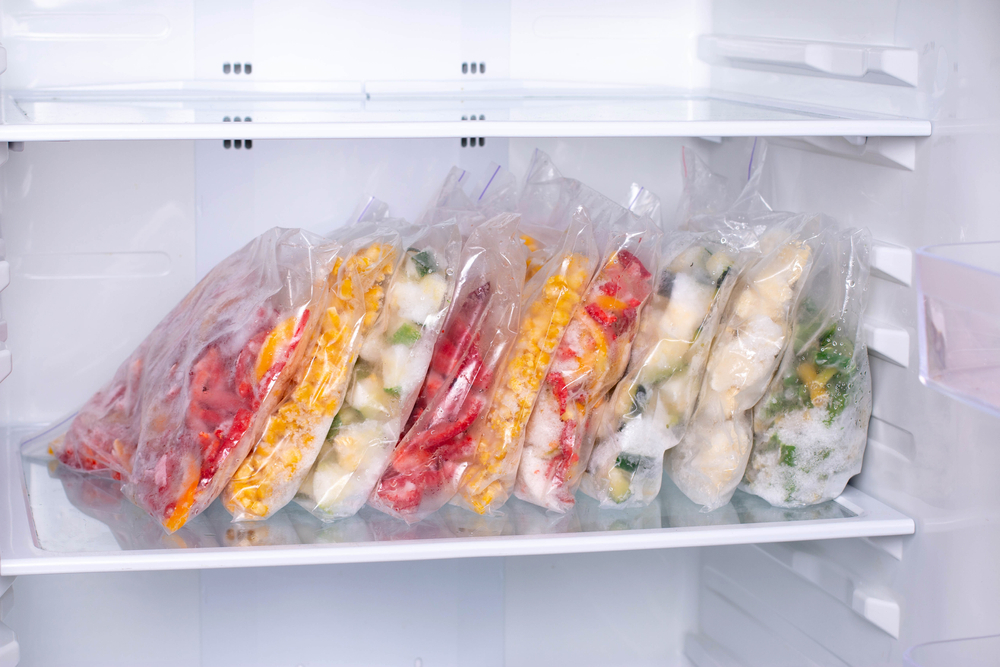
Proper packaging is essential in the field of freezing food preservation. It helps speed up the rate of freezing and maintains the natural colour, flavor, and texture of the food. When packaging food for freezing, consider the following:
- Cool all foods and syrups before packaging. Cooling them helps maintain the quality of the food during freezing.
- Use packaging materials that are moisture-vapour resistant, durable, and leak-proof. They should also protect foods from off-flavours and odours. Freezer-safe bags, rigid plastic containers, or vacuum-sealed bags are suitable options.
- Ensure the packaging materials are easy to seal. Look for options that are resistant to oil, grease, and water. They should not become brittle and crack at low temperatures.
- Label each package with important information. Include the name of the product, any added ingredients, packaging date, the number of servings or amount, and the form of food (e.g., sliced, diced). This information will help you keep track of your frozen items.
- When it comes to package, I highly recommend put fruit in mason jars with canning lids on, in that way mason jars shall keep fruits always fresh and odor-free from other food items stored in the refrigerator
Store food at an acceptable temperature
It is essential to store frozen food at the correct temperature in order to preserve its quality and safety. For the best storage, adhere to following recommendations:
- Food should be frozen and stored at 0°F (-18°C) or lower. This temperature considerably slows down the growth of germs and other microbes, maintaining the food’s quality.
- As soon as food is wrapped and packaged, freeze it. Delaying the freezing process might result in a reduction in taste and quality.
- Avert packing the freezer with too much unfrozen food. Uneven freezing and potential quality problems might result from overcrowding the freezer, obstructing sufficient air circulation.
Safe Defrosting
- The safest way to defrost food is in the refrigerator at 40 degrees Fahrenheit (4 degrees Celsius), or below. This helps the food to thaw gradually and evenly. To capture any liquid that may accumulate while thawing, place the frozen food on a plate or in a container.
- just before cooking, in the microwave: Use the microwave’s defrost setting if you need to swiftly thaw food. For detailed defrosting recommendations, refer to the manufacturer’s instructions.
- This technique works well for smaller things or when you need to thaw food fast. Run it under cold water for extremely brief periods of time. After sealing the meal, put it in a leak-proof bag and dunk it in a basin of ice water.
Refreezing

It’s crucial to adhere to the right procedures when refreezing food in order to assure safety and preserve the food’s quality. Here are some particular pointers to bear in mind:
- Putting Thawed Foods in the Fridge: It is normally safe to refreeze food that has been thawed in the refrigerator without cooking. However, be aware that quality might be compromised as a result of moisture loss during defrosting.
- Cooked Foods: If appropriate cooking practices were used, cooked raw foods that have previously been frozen can be safely refrozen. To destroy any germs or pathogens, the meal must be cooked to the necessary internal temperature. It is crucial to remember that further freezing and thawing may result in a minor quality loss.
- Cooked in the Refrigerator: You can re-freeze any food that hasn’t been completely consumed after being thawed in the refrigerator after cooking it before. However, keep in mind that the frequent freezing and thawing procedure may result in some quality loss.
- Foods you’ve already purchased frozen: If the meat, poultry, or fish you’ve already bought frozen was handled and shipped appropriately, you can refreeze it. The Temperature Danger Zone (40 to 140 degrees Fahrenheit) has time restrictions that must be adhered to. Perishable goods should not be kept in this temperature range for longer than two hours, or one hour in extremely hot weather.
FIFO method
- Prioritize Older Items: Use the oldest frozen things first, in order of priority. Place newly frozen goods in the rear of your freezer and older stuff in the front when arranging it. You’ll be more likely to eat them this way before the quality degrades.
- Keep Track of Freezing Dates: Labeling and keeping track of the dates that certain foods are frozen is crucial for implementing the FIFO approach properly. To record the date of freezing on the box, use labels or marker pens.
- Rotation System: Continually inspect the contents of your freezer and adjust the arrangement as necessary. You may make sure that older things are used before newer ones by maintaining an orderly rotation scheme.
Avoid frequent temperature fluctuations
The quality and lifespan of frozen goods depend on your freezer operating at stable, constant temperatures. To reduce temperature swings, heed these recommendations:
- Limit freezer door openings because each time the door is opened, warm air enters and changes the temperature. Consider how often you open and shut the freezer door to reduce this. Reduce the number of door openings by retrieving everything at once.
- Have a clear notion of what you need in advance when you need to quickly get anything from the freezer. By doing this, you may quickly recover the item and reduce the amount of time the freezer door is left open.
- Sort the contents of your freezer into categories based on similarity. By making products easier to find, less time is spent with the freezer door open. Additionally, think about utilizing frozen bags or clear containers to make it simpler to identify and collect particular goods without needing to open the door for a long time.
Freeze fresh foods promptly

It’s critical to freeze fresh goods as soon as possible to preserve their freshness and avoid spoiling. Particular attention should be paid to perishables including meat, poultry, and seafood. What you must do is as follows:
Conclusion
Using the simple freezing method, it is possible to preserve fruits, vegetables, and other goods while maintaining their quality and increasing their shelf life. By following the guidelines and suggestions in this article, you may confidently freeze various products, ensuring that you always have access to delicious, fresh veggies. Profit from the wealth of seasonal vegetables, reduce food waste and enjoy the ease of having a freezer well-stocked with tantalising and healthy options available. To unlock a world of culinary possibilities, start using freezing as a reliable method of food preservation.
References
- National Center for Home Food Preservation. (n.d.). ‘General Freezing Information: How Long Can I Store Frozen Foods‘.
- Tan, S. (2021, August 12). ‘How to Freeze Food.’ WebMD.
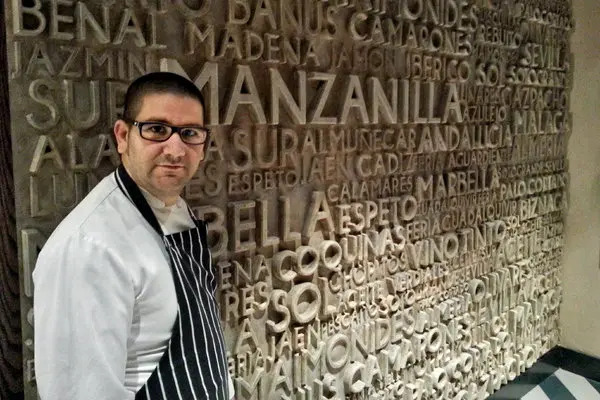
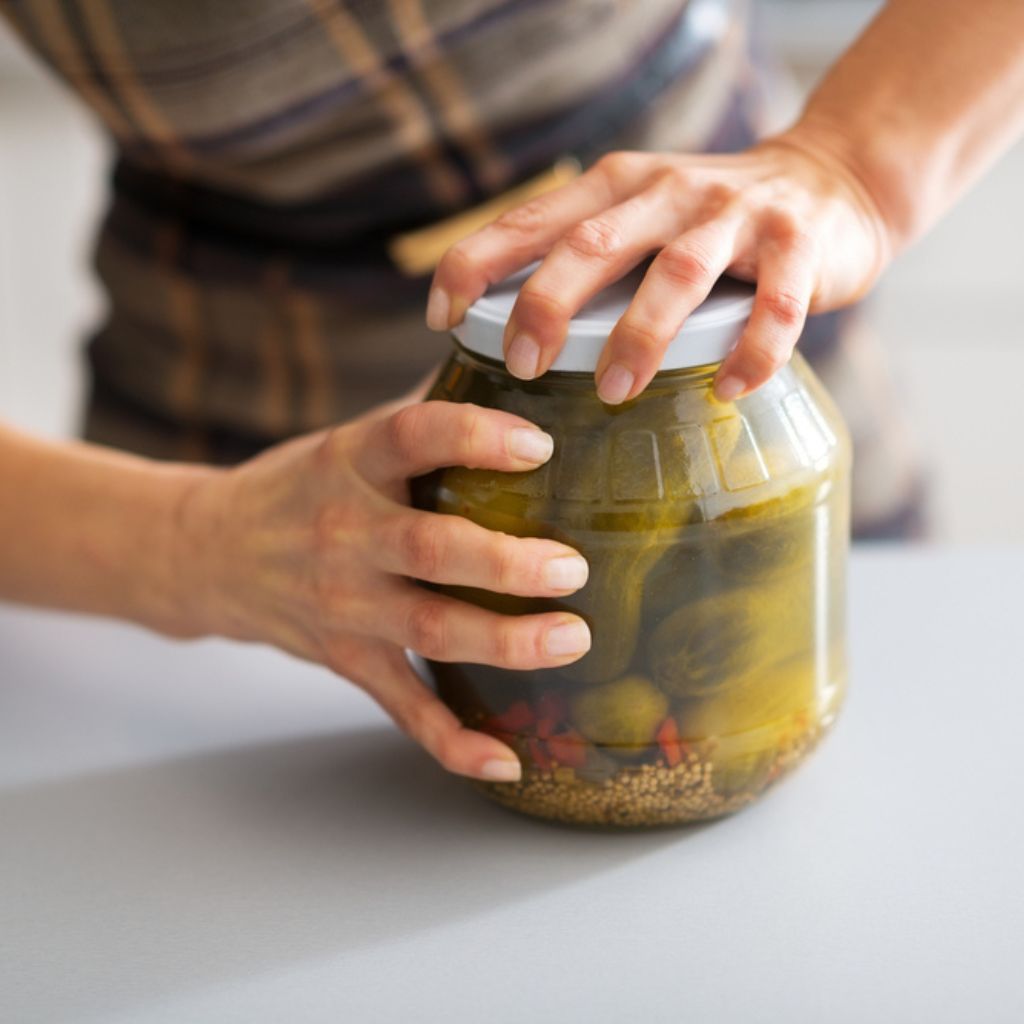
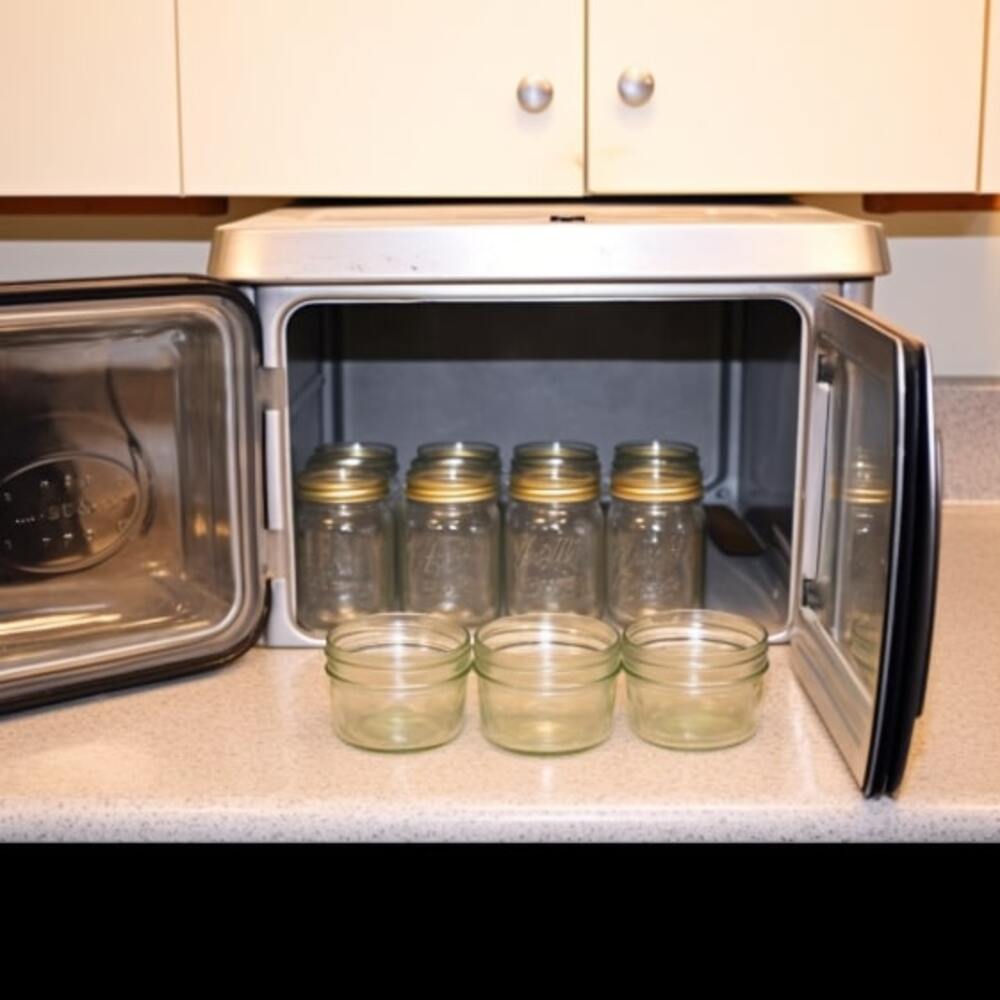
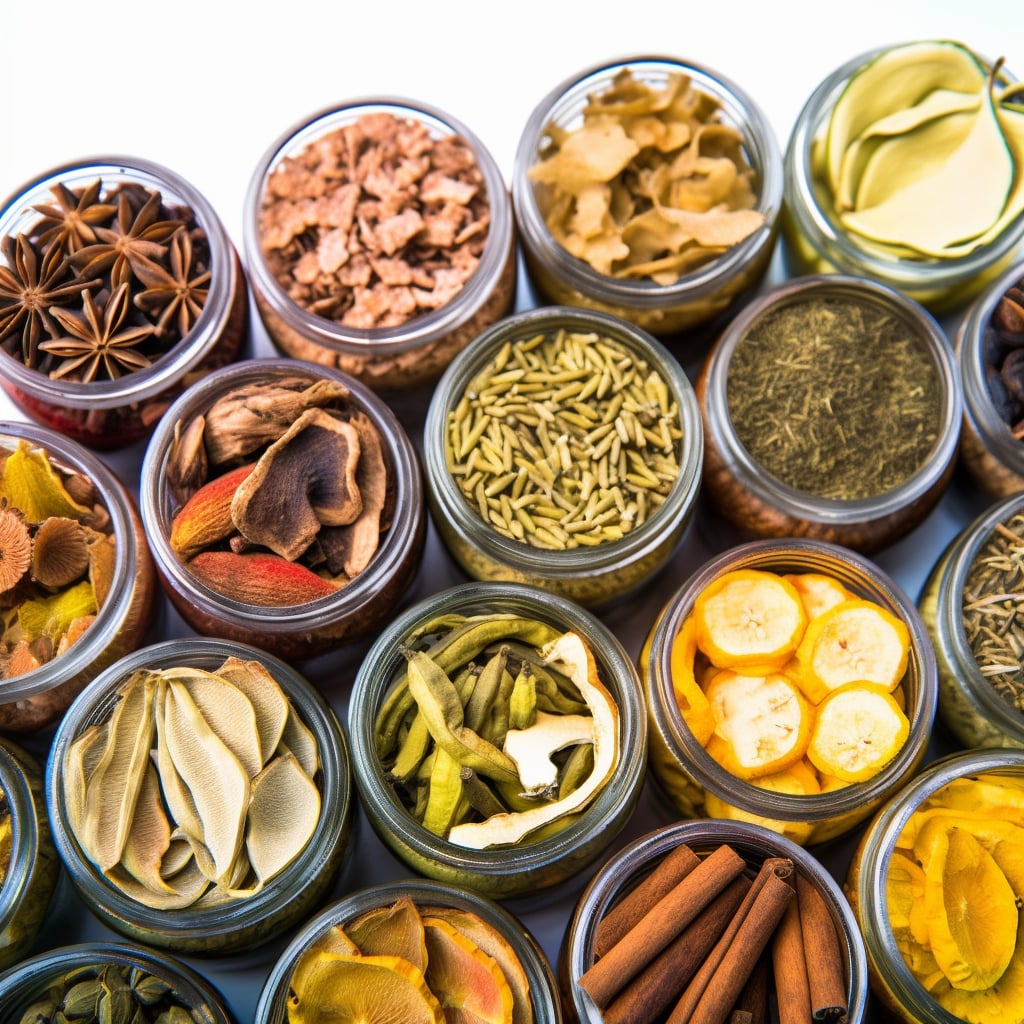
![Top 5 Best Jar Opener for Seniors Elderly [Updated 2023]](https://manzanillanyc.com/wp-content/uploads/2023/07/Top-5-Best-Jar-Opener-for-Seniors-Elderly-Updated-2023.jpg)

